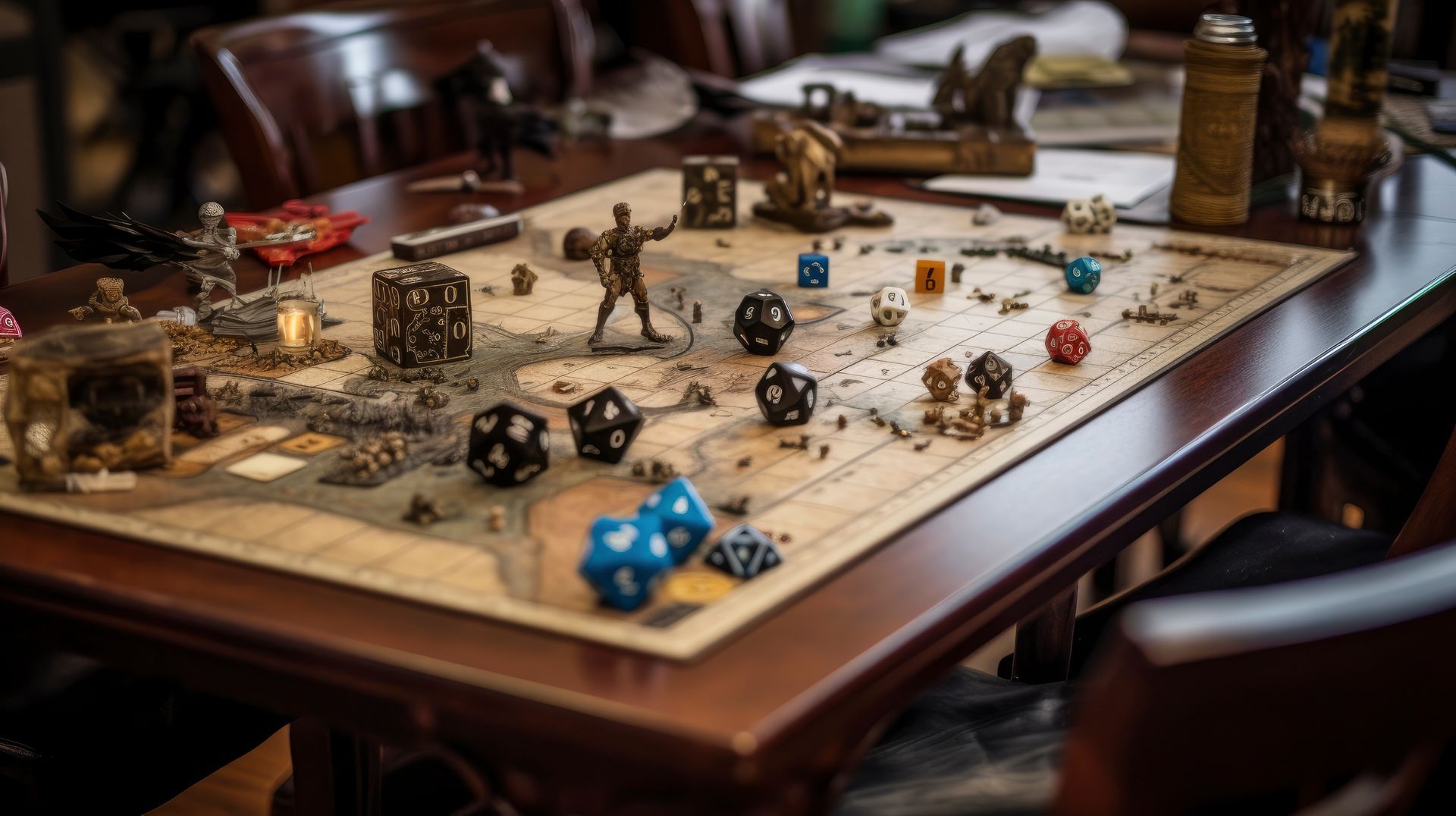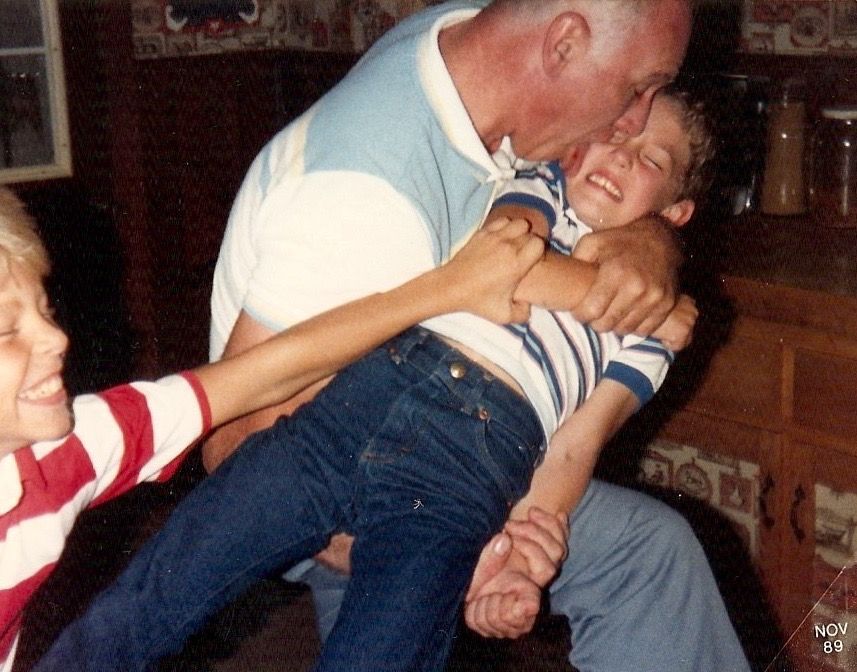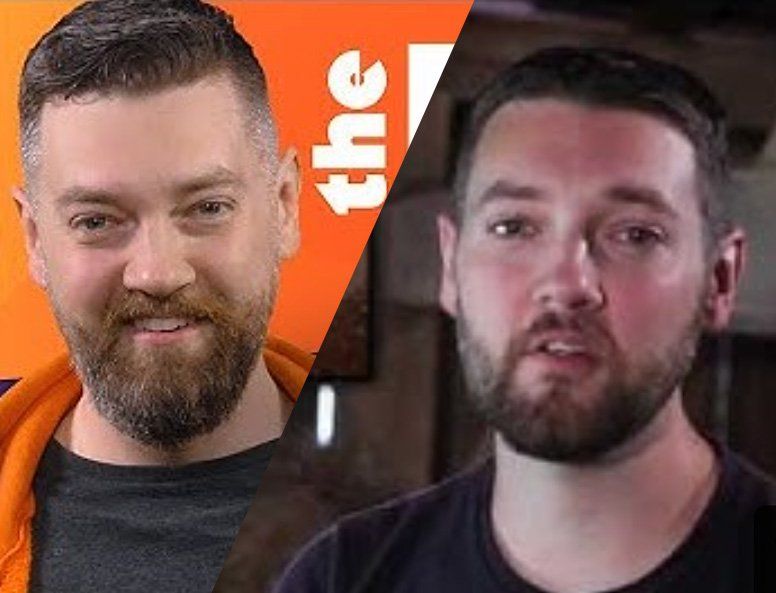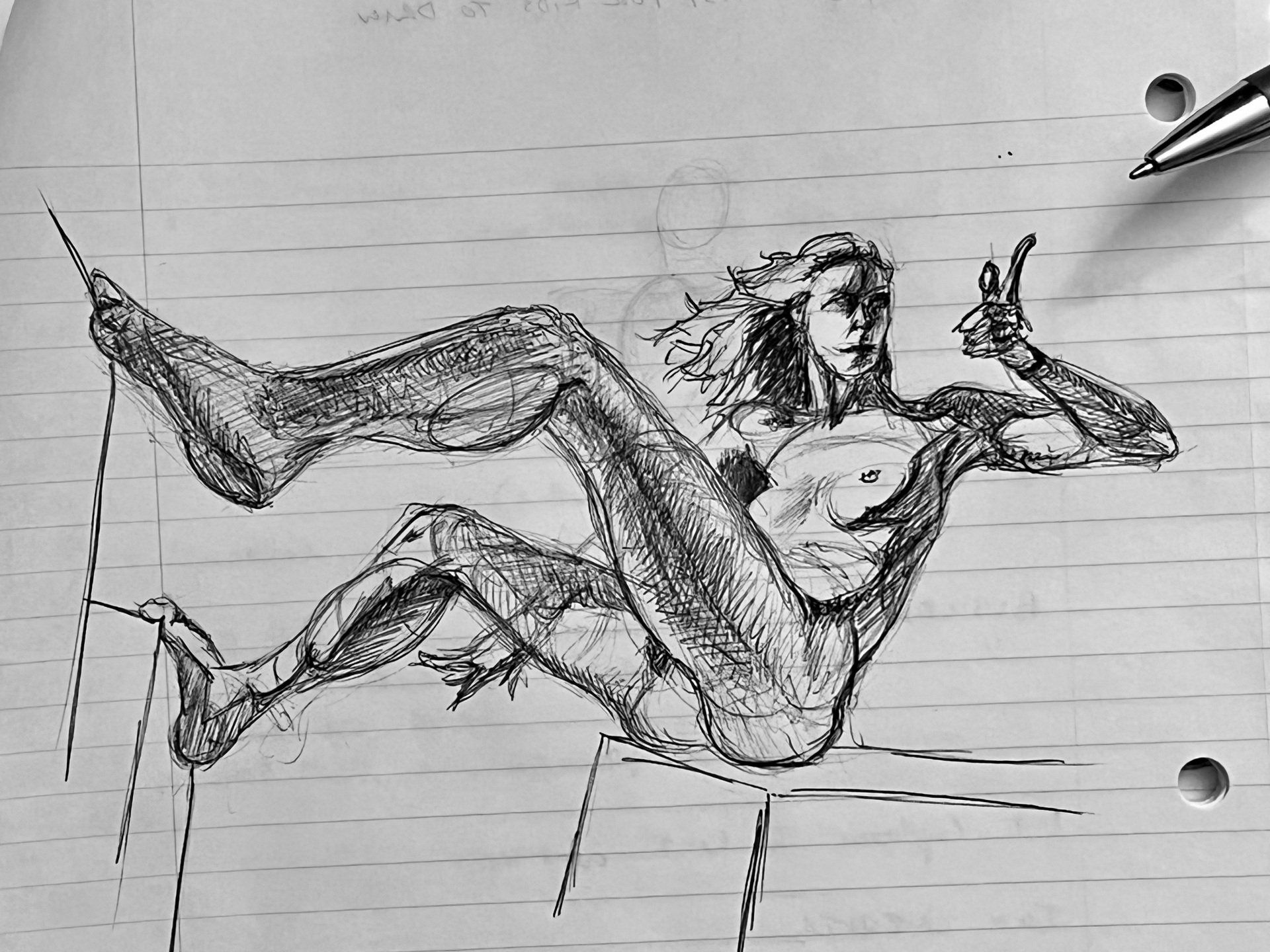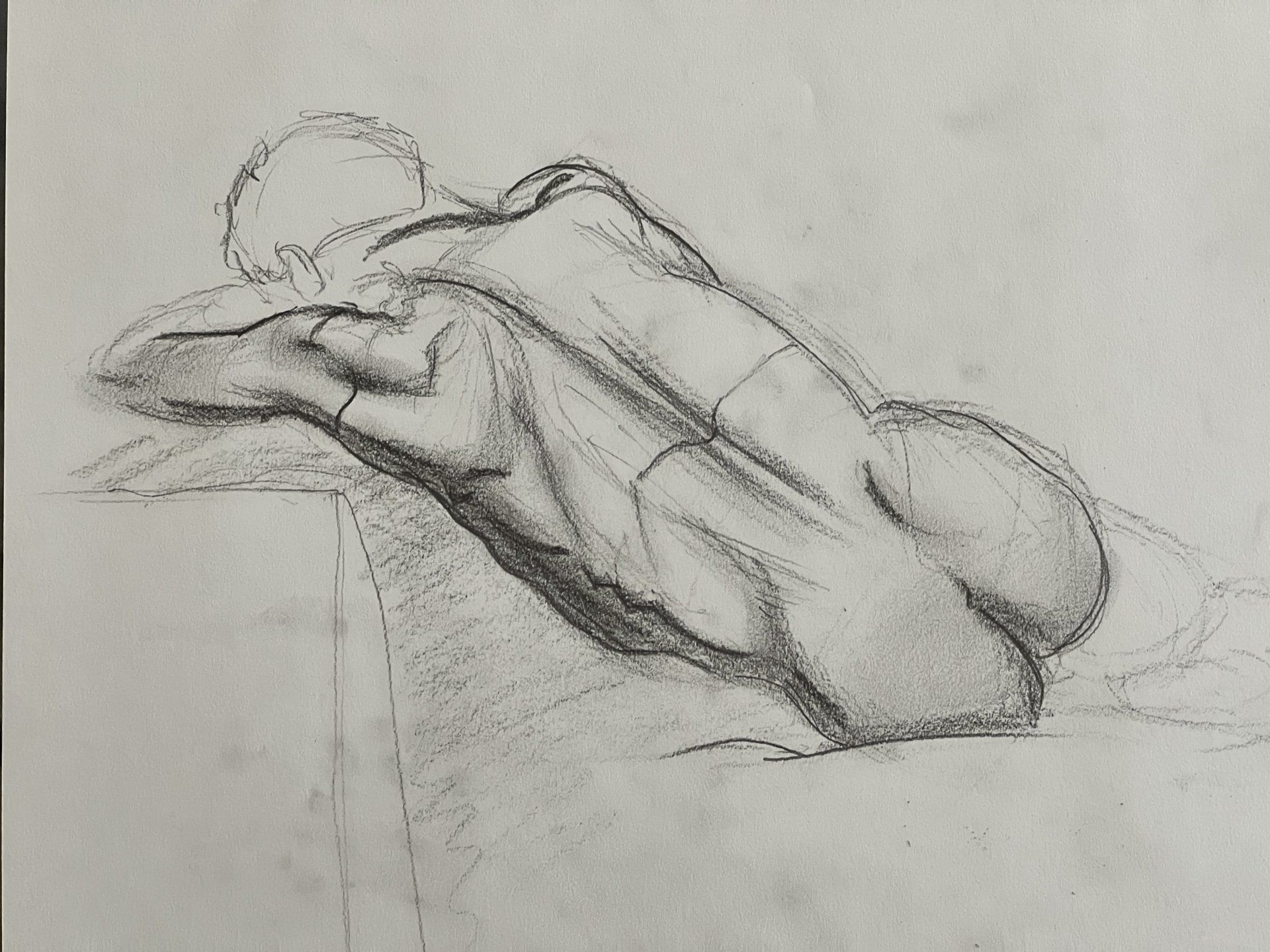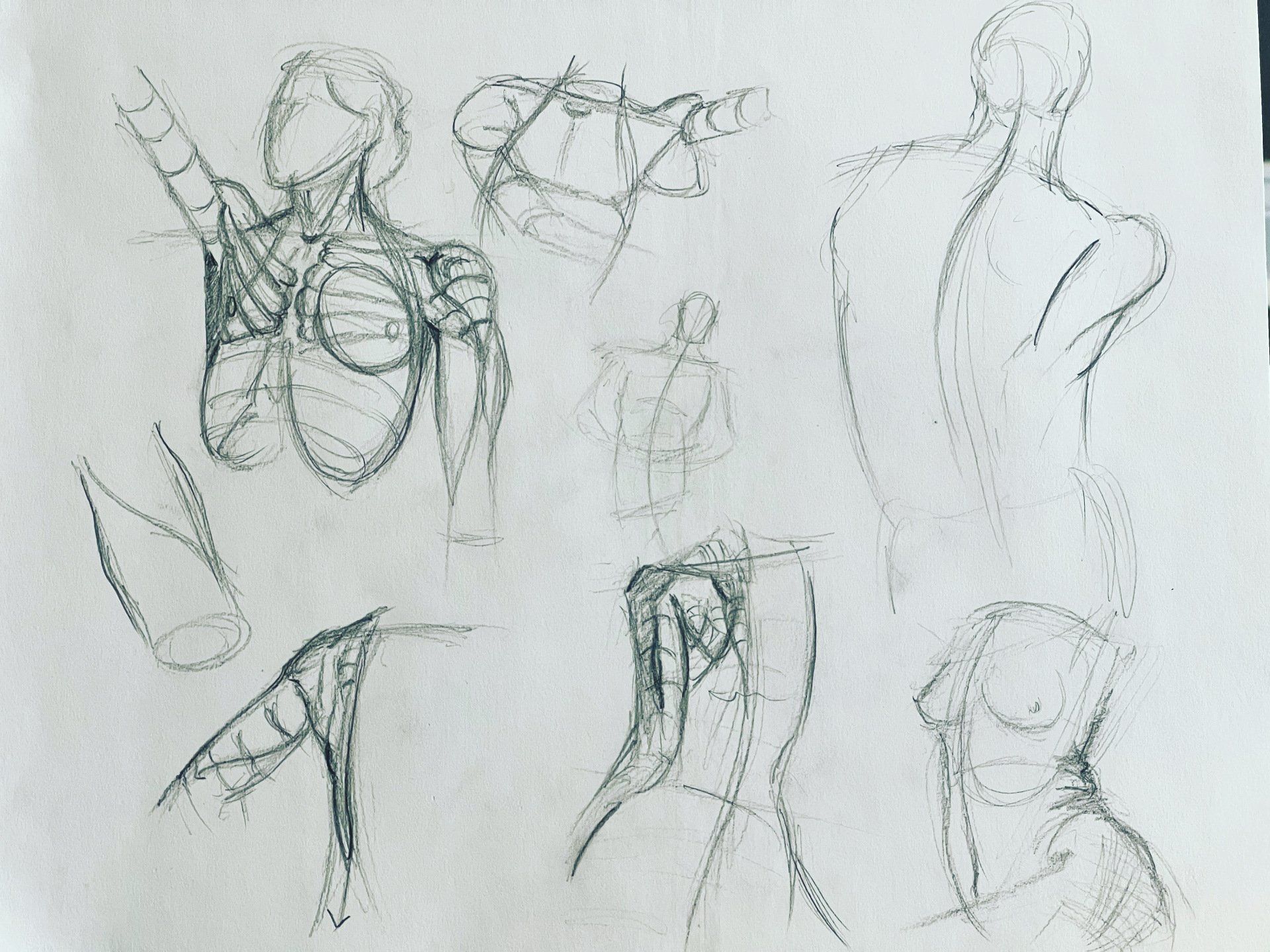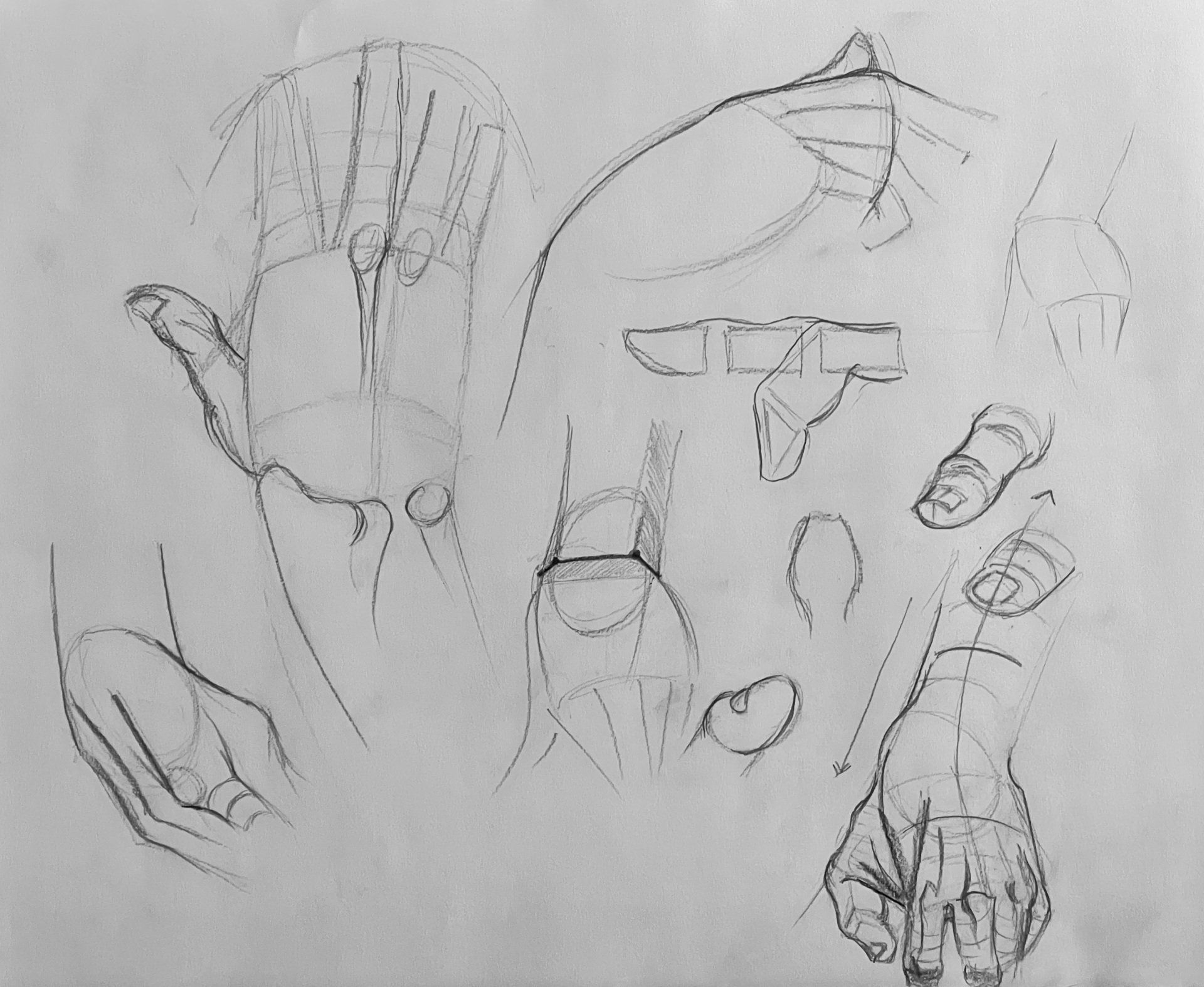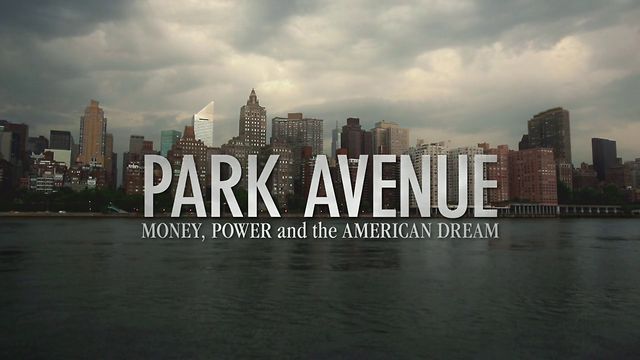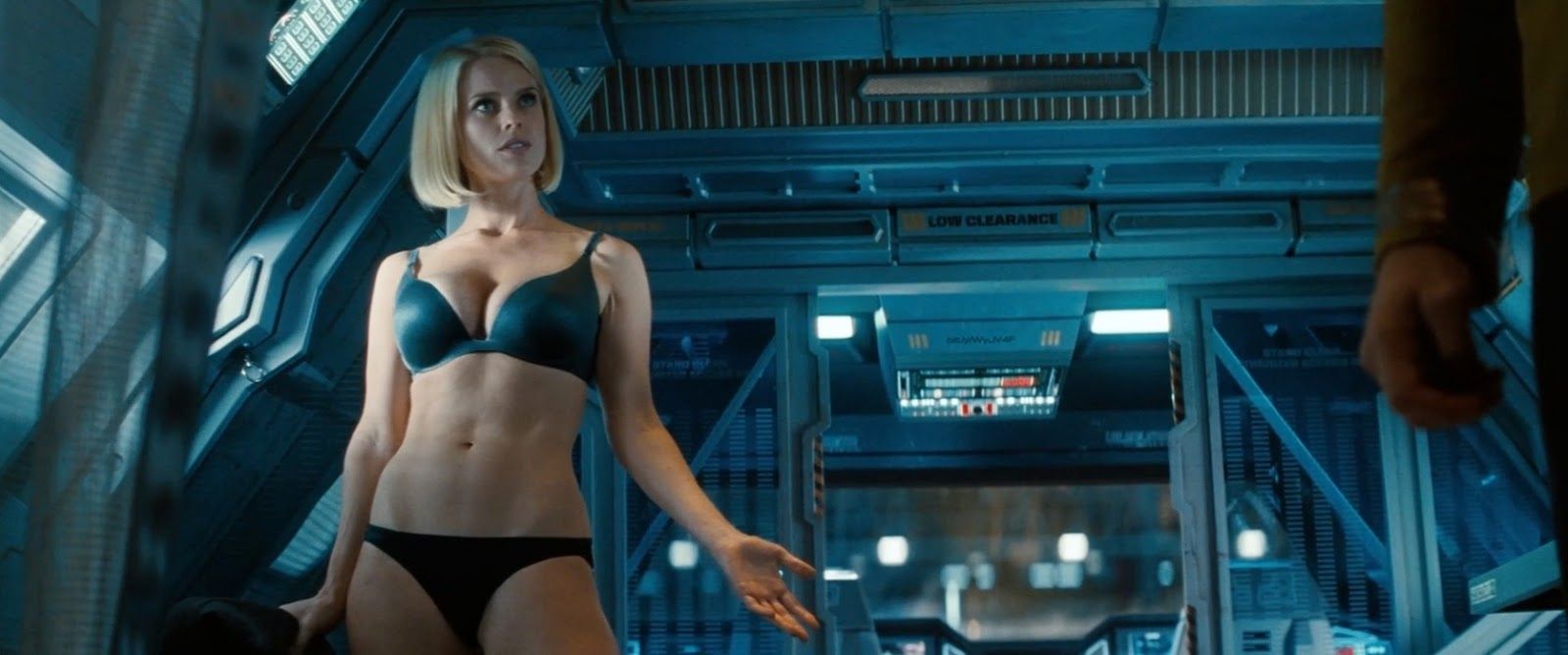the Arcanite
Essays and considerations from a curious mind.
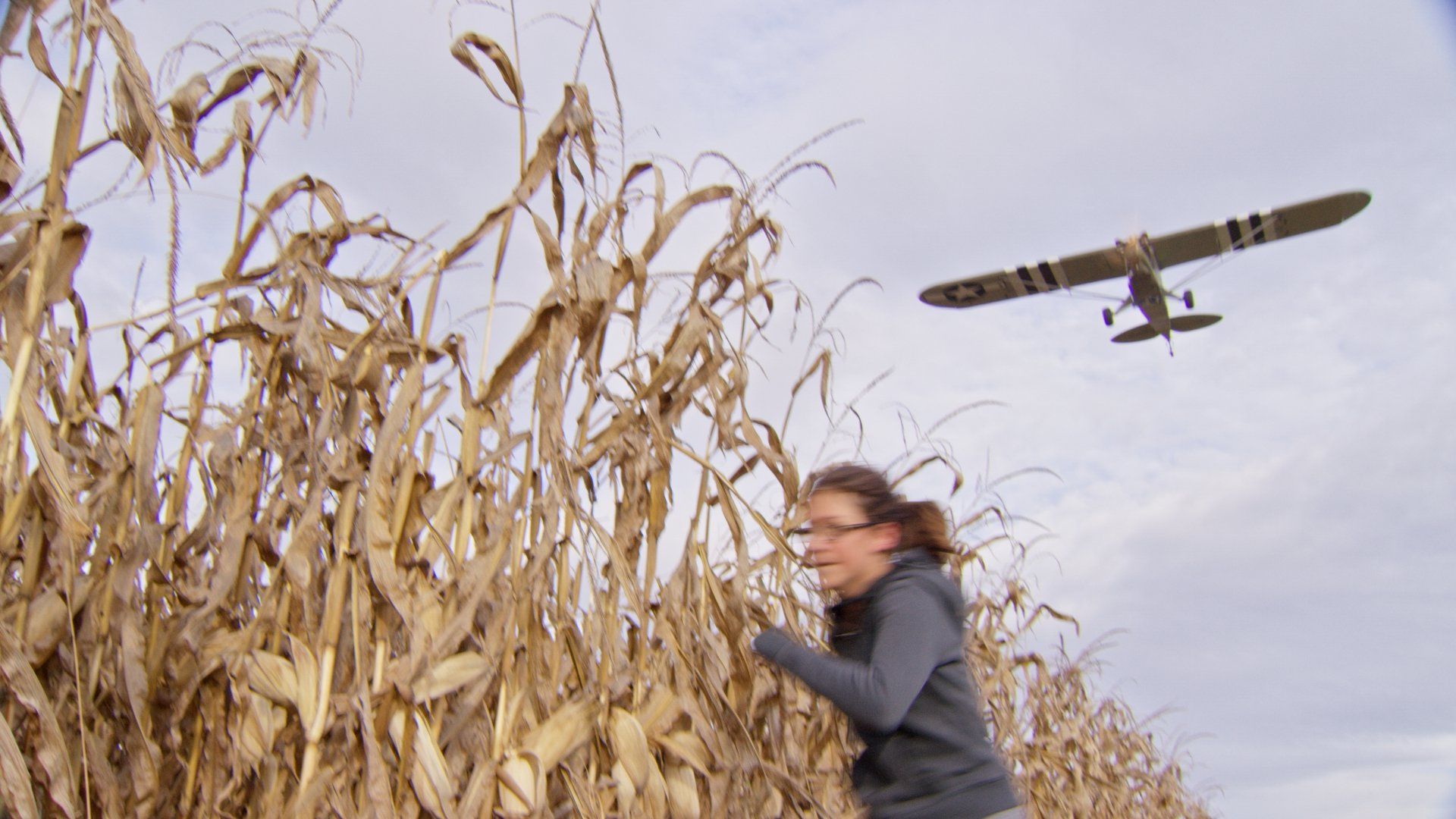
For my thesis film at NYU, Bull Thistle, I wanted to be ambitious. My love for aviation led me to draft a script where an imaginary airplane haunts the main protagonist of the film. In the original script, Dawn, an angsty teenager, yearns for freedom from her over-worked life on the farm. This was to be a subplot motivated through the imagery on screen and never explicitly stated in the film. I already know what you're thinking, but film school is where we're meant to make mistakes and learn the hard way. The practical footage we shot for this subplot is some of my favorite footage. This also made it a painful reality for me when I had to chop it out of my final project. The reason for cutting it is twofold. Firstly, it doesn't cut together very well, as you can see above. This type of scene required more shots that I simply didn't have. I'd storyboarded this scene until I was certain it would work, and it still fell short. Looking at the footage now, after all these years, it's clear to me how I'd approach the shot list but even then I'm sure I'd fail to gather everything I'd need (because you never have enough footage). The second reason, the reason I'm writing this article, has to do with symbolism and how I've learned not to do it. More importantly, this is somewhat a diary entry I'm airing publicly, because I'm exploring how I'd tackle this again if I had the chance. My failure became apparent during my NYU thesis review. For the uninitiated, this is where your thesis film is screened by select faculty members and they determine if you've learned enough to be worthy of receiving the coveted Master's Degree. Going into my review I felt uneasy with the product I'd made (for good reason). Some of my previous work had received high praise around the school, and it felt like folks expected a lot from me. I wasn't handing them a product I felt good about. And the feedback was more hurtful than I anticipated. One of the faculty members stated, "I'm worried. I don't think you have the footage you need to make this into a coherent story." Ouch. My biggest problem? I believe it was the dream sequence whereby the protagonist is chased down by an airplane. When I'd written it, it made complete sense. Dawn is haunted by her passion to escape her current life. This desire is manifested through her visions of an airplane that haunts nearly every scene: in the background, on the fringes or through audio cues. And how, exactly, did I tie this symbolic figure to Dawn's desires for freedom? In the opening scene she's sitting with an aviation book in her lap. What a terrible idea. What was I thinking? Past-Shawn is very dumb. Future-Shawn is a little less dumb, so let's see what he has to say about the scene where the airplane attacks. In the lead-up to this scene, Dawn discovers her dad has been cheating on her mom with her aunt. This movie is actually about Dawn struggling with this information and finding the courage to tell her dad she knows about his adulterous affair. In a subsequent scene, Dawn and her father are shoveling cow manure until her aunt arrives and daddy goes a running. As Dawn watches the aunt's mini van drive down the lane with her father inside, Dawn is chased by the airplane. This confused EVERYBODY! And it should. It makes no sense. It makes no sense because I failed to do two things: (1) tie the airplane to the symbol it represented, and (2) distinctly separate her reality from her fantasy. In one of our directing classes, my professor screened a short film made by a prior student. If memory serves me right, it was called Stick Boy , but I can't find any evidence of its existence on the internet. It was, to me, a perfect MOS film (a movie filmed without sound or dialogue). The film opens on a young boy poking a condom on the ground with a stick. He then stumbles on a young girl playing hide and go seek. He begins to poke her with the stick. She resists. He persists. She struggles. He kills her. It's very striking. The stick in Stick Boy is symbolic of, well, his penis. How do we know? Because there has been a direct correlation made between the stick and the condom from the very first shot. When Stick Boy pokes the girl, we have carried our prior knowledge of that shot into this scene. The stick has been sexualized and we understand clearly what we are seeing—a rape. At no point in Bull Thistle did I connect an airplane to anything outside of itself. The airplane was always an airplane and nothing else. I might have gotten away with this if I'd addressed issue number two and better separated Dawn's reality from fantasy. Honestly, it might have been as easy as changing the color balance so we could see something was different. We'll never know. But from a screenplay perspective, this was flawed from the get-go. When her aunt's car drives away and immediately the airplane chases her down, the absurdity alone is not enough for an audience to understand what's going on. At the end of the day, I'd failed to be an audience member of my own movie. I did not visualize my film from the only perspective that matters. I'm lucky to have had enough footage to prove the professor at my thesis review wrong; I did have enough there to tell a story sans-airplane. But it was a painful process of recutting the film a thousand different ways in an attempt to salvage this footage. In the end I had to let it go.
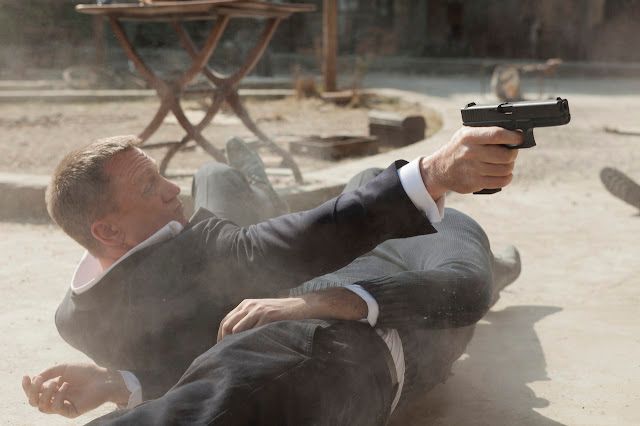
While in my hometown last summer perusing a Best Buy I overheard a portly fellow express to his wife how boring Skyfall was. "The first ten minutes were great, but that was it." This, my dear reader, is the mountain I must climb as a filmmaker. I watched Skyfall for the first time yesterday. I know, I'm behind the times, but at no point was I bored. It worries me that our audiences of today want spoon fed exposition and moment to moment action. That's why Robert Rodriguez keeps getting paid and The Fast and the Furious now has six films to top off its franchise. Heaven forbid James Bond would have a backstory or have time to grow as a character. If you don't know, James is out of commission for apparently six months while everyone thought he was dead. He goes a drinking in the Pacific Islands it would seem. Good ol' Jimmy B also seems to get soft. His aim is off after a bullet enters his right shoulder and a lack of exercise make him a bit shaky. This is great news for a guy like me! Now Bond has space to grow as a character, he can have an arc. No longer is he bound to be a robotic killing machine. I was half expecting there to be a moment when, whammo! I miraculously have my aim and my charisma back! But director Sam Mendes and his team of writers are better filmmakers than that and I'm forever grateful. Mr. Best Buy Guy, you can have Machete Kills. I'll take this Bond over your fluff any day. Mendes carefully balances the old with the new. We never hear "shaken, not stirred", but we see a woman shaking his cocktail and as she pours it into his glass Bond says, "Perfect." We know what this means, and it means more to me to see it rather than hear it all over again. One of my favorite parts of Casino Royale was Bond replying, "Do I look like I give a damn?" to the waiter who asks how he'd like his martini. There's so much I enjoyed about this movie I don't want to start, for fear of pissing off the few of you who haven't seen it yet. But let's just say the moment Bond and M go "back in time", I was transported with them.
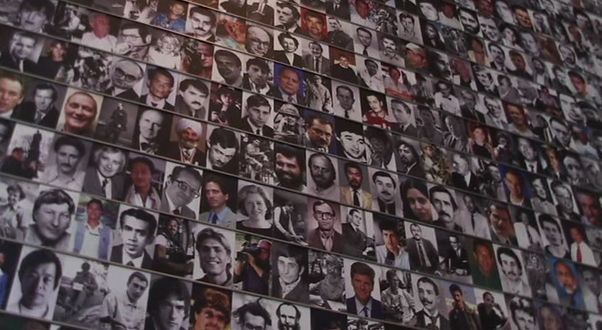
As a combat photographer in the Marines I expected to see more combat than I did. In fact I didn't see any real combat. The Grunts (what Marines call Infantrymen) would make light of this fact by nicknaming me "Combat". "Get over here Combat!" This makes me feel two very complicated emotions. On one hand I'm blessed. I have no physical or psychological damage to burden my family with. On the other hand I'm upset. Does it make me less of a Marine having not seen combat? Often I question what I might have done under those circumstances. Would I have buckled or "maned up" and focused on my mission? Would I have hid behind my lens and captured the events or picked up my rifle and fought back? Under Fire interviews a group of men and women who never had that last option. They had their cameras, a vest, and sometimes a helmet - but never a rifle. Their only choice and their only job was to take photos. I'm closer to this subject than most having just finished up my most recent short film Soul Stealer, about a female combat camera Marine who takes a photo that results in her friend's death. In fact I watched Under Fire as research for the feature script version of Soul Stealer. What I'm finding is that a lot of people didn't believe my character would take that photo. As my good friend said in Screenwriting class, "Bullets are flyin' and people are dyin', Shawn! This girl ain't gonna grab her camera!" But she does. And so do the very real people in this film. And that's what Under Fire is all about. It's about those moments of taking pictures when common sense dictates otherwise. One journalist admits thinking, "Is it worth my life to take a silly photo?" The final interview is the most powerful, in which the journalist feels personal guilt for taking the photos of a dead Army Staff Sergeant being dragged around the streets of Somalia in his underwear (inspiring Black Hawk Down). But the U.S. government was denying what was happening, so the only way to prove they were lying was to take the photos. And that's what photojournalism is all about for me. Proof. Proof that all this tragedy exists. But this film delves deeper than this. It's really about the psychological costs of covering these incidents. Most of those interviewed have some form of PTSD, and the film spends more time than I'd like it to have discussing this disease and its specific effect on the journalists interviewed. More interesting is understanding what type of person goes into these situations in the first place. All of the journalists believe it's like a drug, likening it to heroine more than not. When asked if he'd ever return to cover a conflict, one journalist replied, "No. Never. That's like asking a heroine junkie who's finally sober if he plans on shooting up again." You can watch Under Fire now streaming on Netflix.
Film 3 (365)
Star Trek: Into Darkness
Carol Marcus (Alice Eve) gets gratuitously undressed for a scene in "Star Trek: Into Darkness".
Hey, you clicked on it didn't you?
The first ten seconds of "Star Trek: Into Darkness" provides the viewer with a birds-eye-view kung-fu zoom. This film gives us plenty of interstellar kung-fu zooms much in the vain of the Battlestar Gallactica series. They still feel just as cheap in a multi million dollar franchise. Director J.J. Abrams is also consistent in providing us with his now trademark lens flares [see video below for examples].
I expected nothing less than a good ol' fashioned popcorn adventure ride and that's exactly what I got. In fact I expected it to be full-on action ad nauseum. It wasn't and I'm glad. There are a few moments for the characters to develop, but not many.
If I have any beefs with this film it's that we aren't trusted as an audience. We're spoon fed every bit of information quite a few times just in case we didn't catch it the first go-round. The exposition becomes blatant at times. For example, a few members of the USS Enterprise head down to the "abandoned" Klingon planet of Kronos and are subsequently surrounded by, who else, Klingons! Several ships make their presence known by fire a few rounds from their ship to the small one containing Kirk, Spock, Uhura, and a couple of other guys whose names aren't worth knowing, they'll both be dead soon.
Uhura (Zoe Saldana), makes it very clear to us what's happening by stating, "We're outnumbered. We're outgunned. If we attack we'll all be dead." (or something like that). I laughed. But something tells me Abrams knows what this dialogue sounds like. He's more interested in the youngsters if you ask me. And let me tell you, my inner 5th grader was very pleased. If only Alice Eve had more skin time.
CollegeHumor's Favorite Funny Videos

"Life is Beautiful" is one of those films I always put on the back burner with little interest in watching. I was in high school when this film was released in the US in 1999. I remember most vividly Roberto Benigni jumping over the seats at the Academy Awards as he climbed his way to the stage to accept his Oscar. Truthfully I didn't really know what the movie was about. It was in Italian and it took place during the war. Benigni road a bicycle through the streets with a goofy grin on his face. That's all I knew. Boring… Boy, what was wrong with me!? This film is extremely touching. The trailer I've embedded below is quite deceiving. I ensure you this film will make you laugh hard and gut punch you with reality a moment later. I can't really say it's like anything I've seen before (in terms of theme and approach to that theme). In all honesty I don't think I would have appreciated this film as much as I do now, but it's so good I would have laughed just as much back then. If you don't know, "Life is Beautiful" follows Guido (Benigni), an Italian Jew around and during WWII, as he pines after Dora (Nicoletta Braschi), a non-Jew, who he eventually marries and bears a son with, Joshua (Giorgio Cantarini). The film is split into two parts, the first being the time he swoons Dora away from her fiance prior to when the war begins, and the second half follows his time in a concentration camp separated from his wife but protecting his son. As I write this I now realize how intricate this film really is. But during the entire film Guido's humor is ever present. It reminded me of the late great Jacques Tati. Guido uses his humor to save his son, who should have been killed in the gas chambers but whose own stubbornness against taking a shower saved him! Benigni's character turns the camp into a "game" for his son, who believes if they score 1,000 points they can go home with a real battle tank for first prize. I don't cry during movies, but this definitely made me water up a time or two. It's well paced and I never felt burdened by the subtitles thanks to the humor, which isn't always a punch line but often very physical humor. My 11-year-old daughter and I laughed very hard together during a bit where Guido "kidnaps" Dora away from her birthday party, wrecks his car during a rain storm, turns a pillow into an umbrella, and manages to rip the back of Dora's dress off. Oh, and let's not forget the green horse. This is definitely on my top ten list of comedies. There is so much to this film that I could write and write. But that would take away the magic if you haven't seen it. I urge you to see this film now streaming on Hulu.

